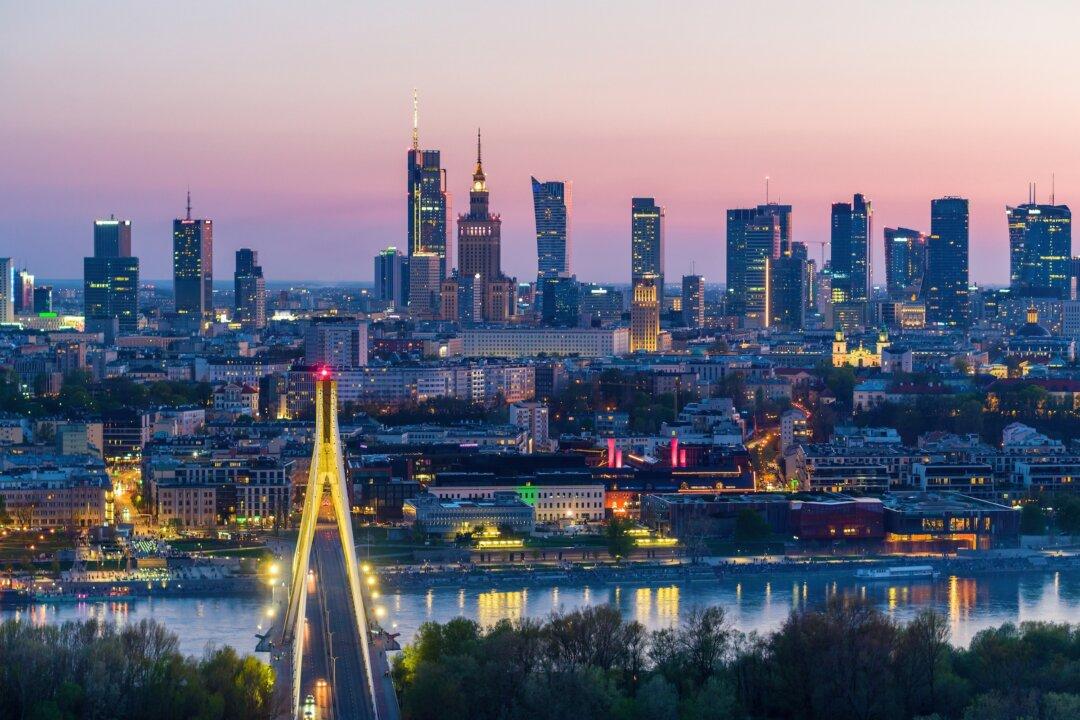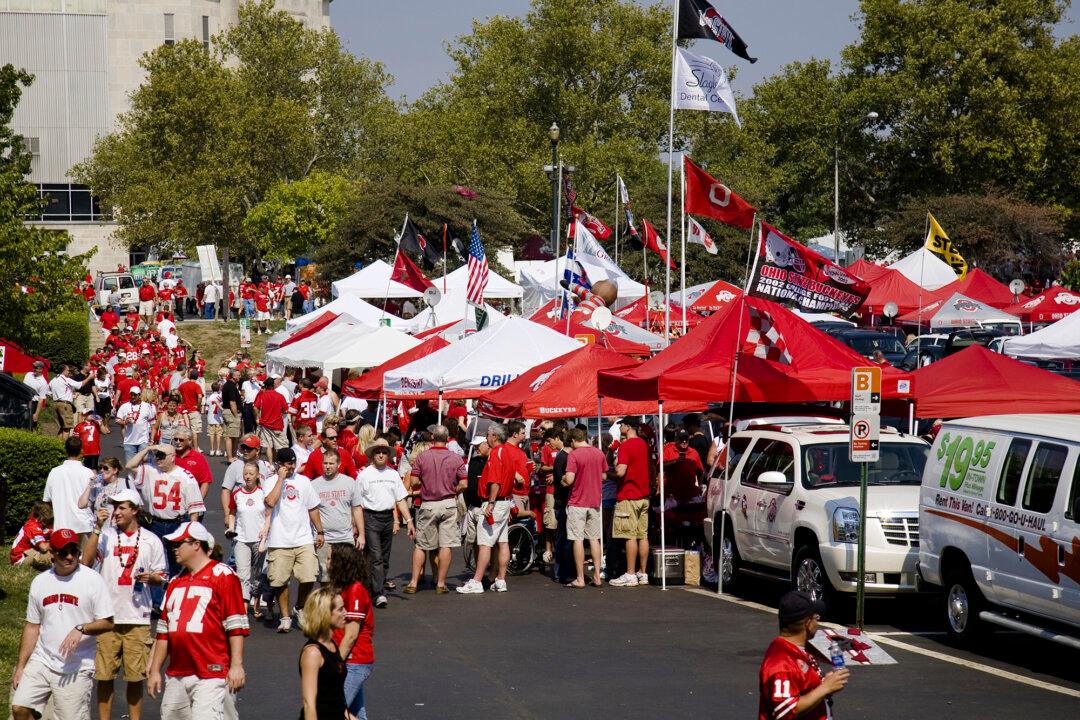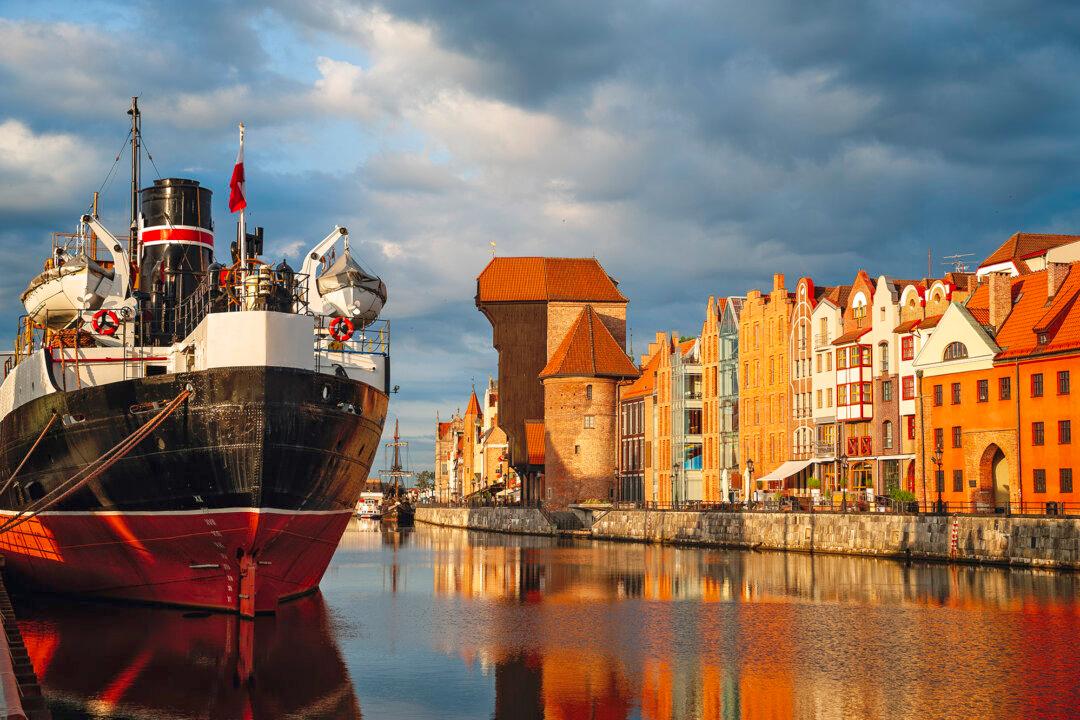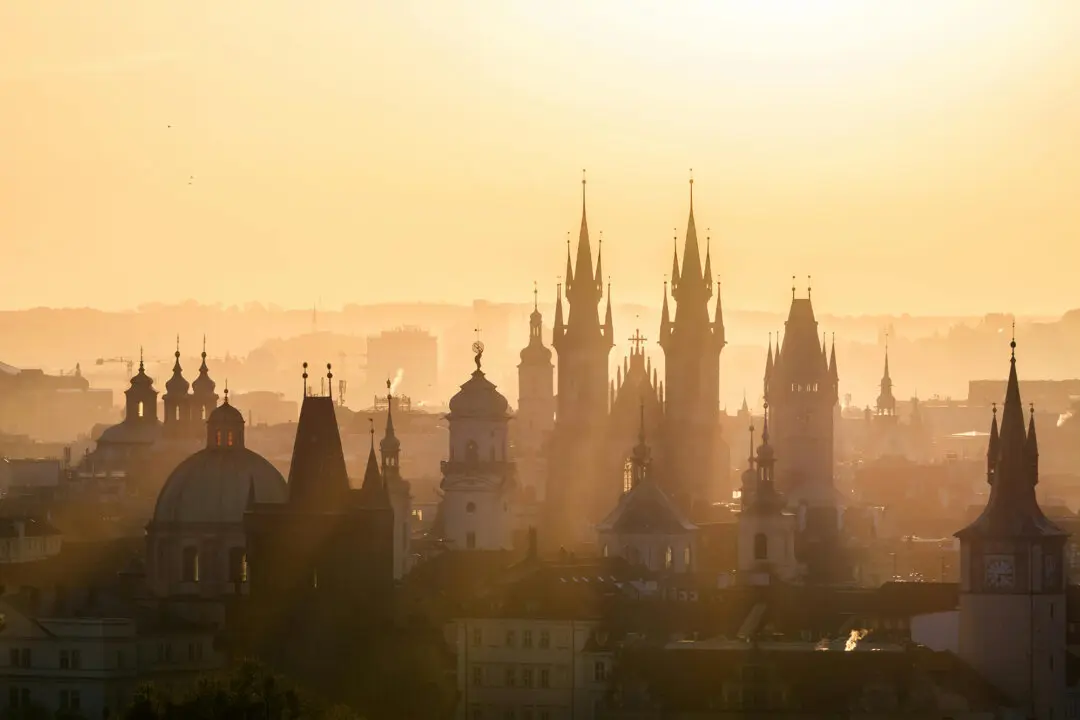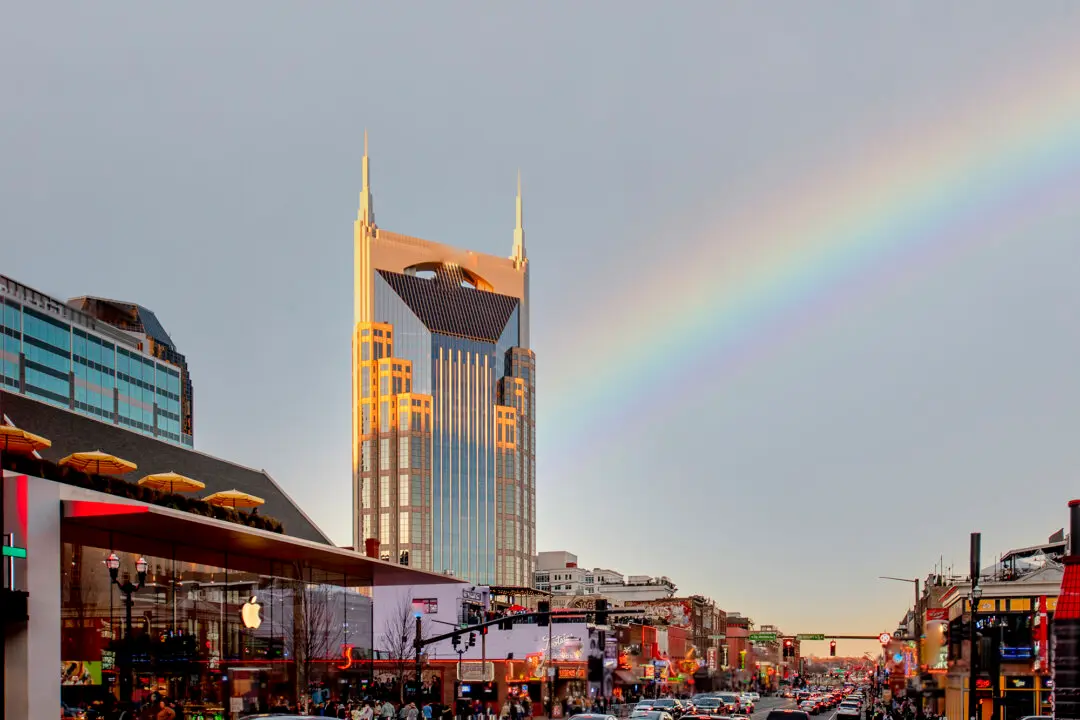Warsaw, it must be said, hasn’t always been the coolest or nicest city to visit. Under communism, gray, brutalist buildings rose up all over town. The massive 1950s Palace of Culture and Science, built by the same architect in Stalinist “Seven Sisters” style, stood looming over everything to remind everyone of Moscow’s dominance over the Polish People’s Republic. People were so poor that they would steal the knives and forks from cafes, so those restaurants resorted to tying the utensils to the tables.
But in the decades since Solidarity, Lech Walesa, and the Revolutions of 1989, a new prosperity has arrived in Poland’s capital. And with it, optimism and creativity, and plenty to see and do. Here are five fun, interesting, quirky, and cool things to do in Warsaw.

